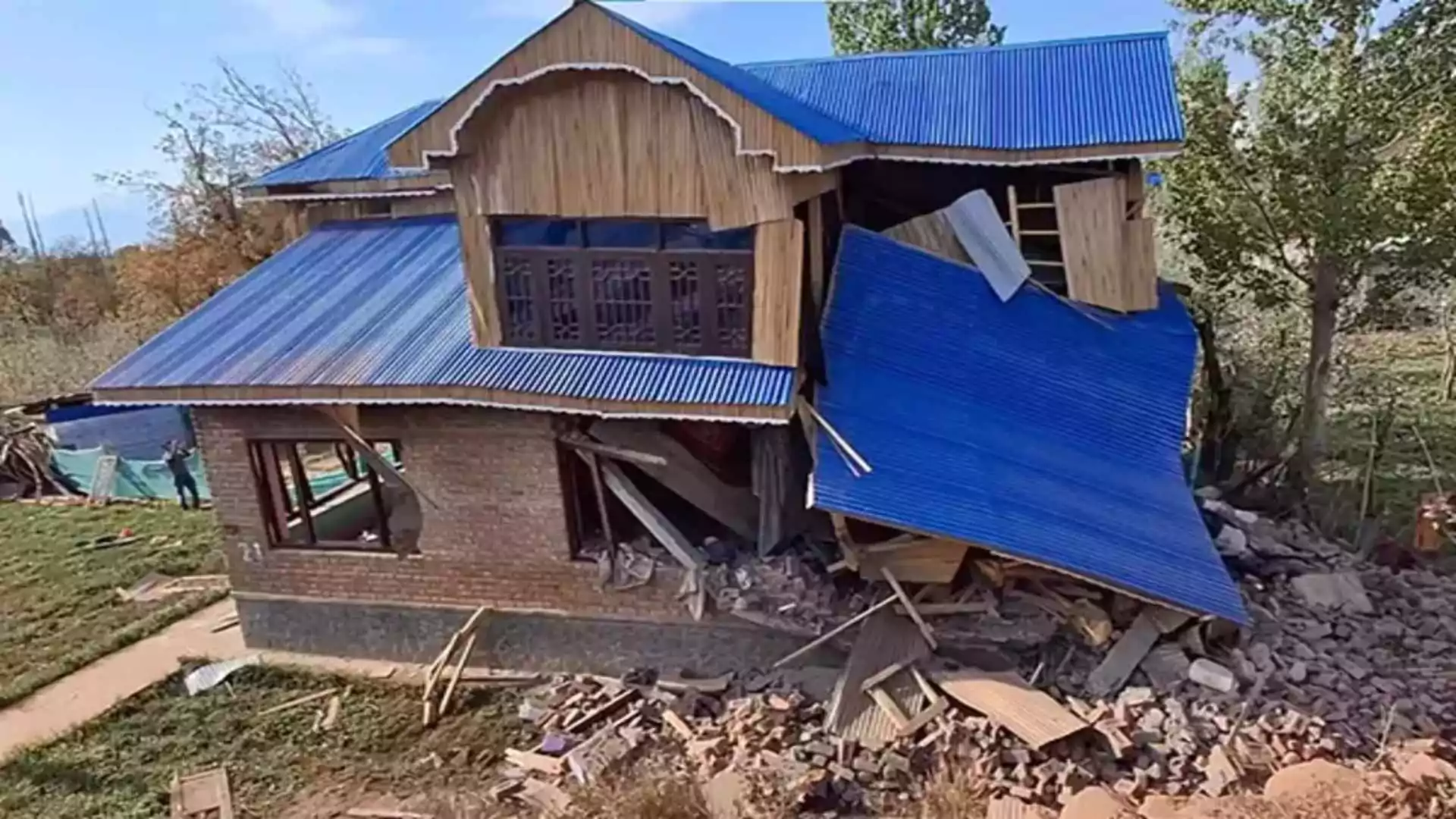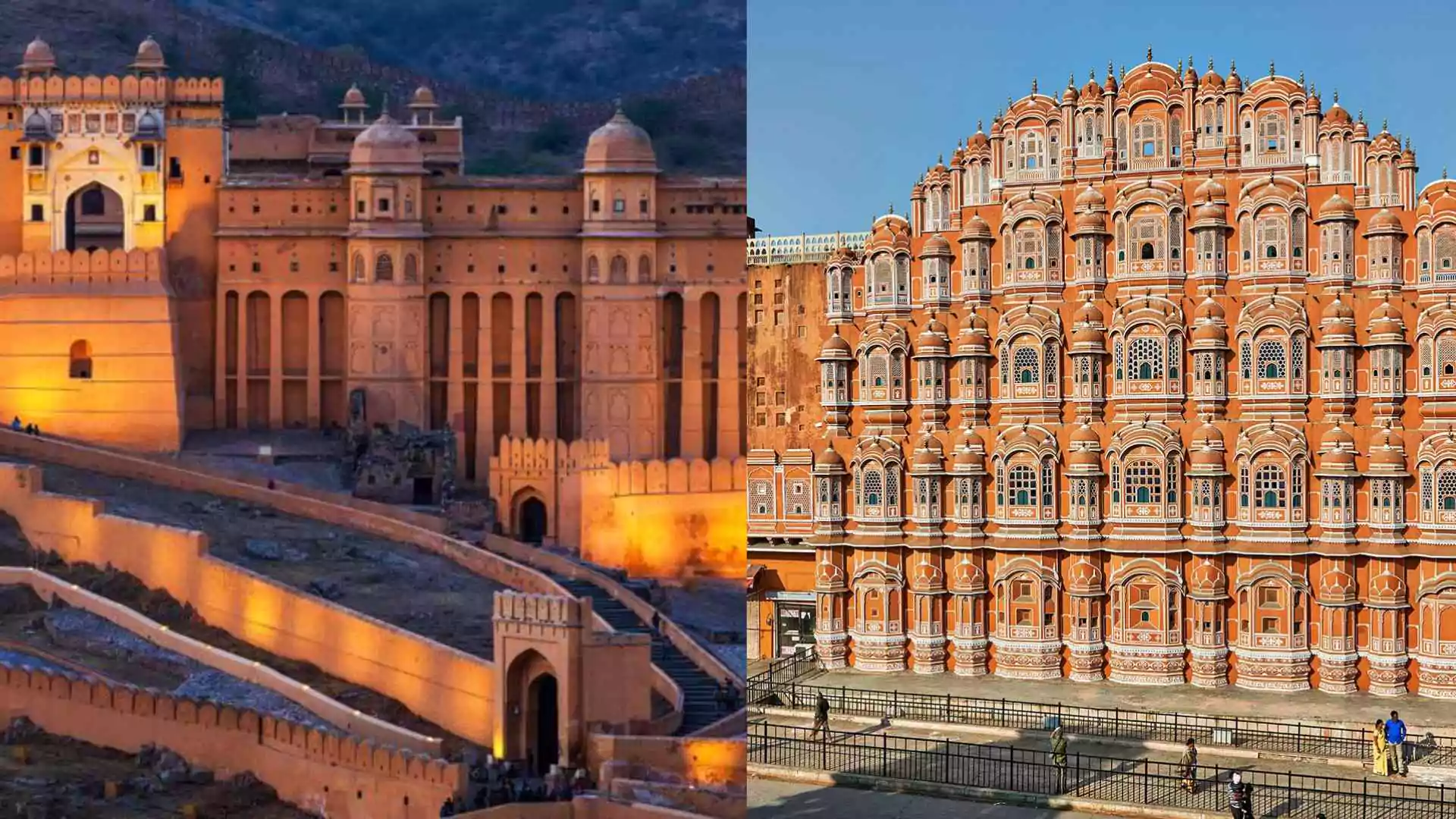As the city is voting for the Delhi election, voters are choosing between three major contenders: the Aam Aadmi Party (AAP), Bharatiya Janata Party (BJP), and the Congress. While Congress struggles to make a significant impact in Delhi election 2025, the real contest is between AAP and BJP.
Both parties are vying for the support of the electorate by promising an array of freebies and welfare initiatives, with each pledging to implement these measures if voted into power.
The Promises: Freebies for All
The manifestos of both AAP and BJP are laden with promises aimed at various segments of society. These include free electricity, cash transfers for women, free bus rides, scholarships for students, pensions for the elderly, and healthcare benefits. With the Union government’s announcement in the Union Budget on Saturday, which exempts incomes up to Rs 12 lakh from tax, the BJP has found fresh momentum, particularly among the salaried middle-class segment. The BJP’s move to raise the tax exemption limit, surpassing Arvind Kejriwal’s demand of Rs 10 lakh, is seen as a strategic move to appeal to this critical voter group.
Despite similar welfare promises, the approaches of AAP and BJP differ in terms of scope and execution, leaving voters to weigh which party’s vision will have the most appeal.
Middle Class: The Decisive Voter Base in Delhi Election
In a city where over 67% of households belong to the middle class, this demographic will undoubtedly play a pivotal role in determining the outcome of the elections. The BJP’s recent budget announcement, which caters directly to the middle class, may sway their allegiance towards the party, especially given AAP’s two terms marked by allegations of anti-incumbency and corruption. These factors have tarnished AAP’s image, potentially diminishing its prospects at the polls.
Muslim and Dalit Vote: A Delicate Balancing Act
Delhi’s Muslim population, comprising 12.68% of the total, along with the 16.92% Dalit population, holds significant sway in the city’s elections. Historically, the Dalit vote has largely supported AAP, especially in slum areas, but recent moves by BJP, such as Prime Minister Modi’s promise not to demolish slums, may influence this group. The BJP has also rolled out promises targeting Dalits and is conducting extensive outreach in Dalit-majority constituencies.
The Muslim vote, which has backed AAP in the past two elections, is expected to remain loyal to the party despite efforts from Congress to woo them. The Muslim community is particularly influential in six Delhi constituencies, including Seelampur, Matia Mahal, and Okhla, all of which AAP swept in the 2020 elections. This demographic could prove pivotal in determining the winner in these constituencies.
Freebies Galore in Delhi Election
Both AAP and BJP have offered an array of promises designed to attract voters. While AAP emphasizes free electricity, water, and cash transfers, the BJP has sought to outdo AAP with promises of a more middle-class friendly budget and tax exemptions. With both parties competing in the welfare space, it will be up to voters to decide which party’s offerings resonate more with their needs.
Women Voters: A Growing Political Force
With women making up nearly 48% of the electorate, their vote is increasingly seen as a key factor in the election. There are over 71.7 lakh women voters in Delhi, and both AAP and BJP have tailored their promises to appeal to this demographic. AAP has pledged to double the monthly cash transfer under the Mukhyamantri Mahila Samman Yojana from Rs 1,000 to Rs 2,100, while BJP has countered with a promise of Rs 2,500 per month. As women emerge as a critical voting bloc, both parties are keen on securing their support.
The Leadership Factor: Kejriwal vs Modi
Arvind Kejriwal remains the face of AAP, with the party positioning him as the chief ministerial candidate. In contrast, BJP has yet to announce a CM candidate for Delhi, continuing to rely on the leadership of Prime Minister Narendra Modi. Kejriwal has repeatedly mocked BJP for this uncertainty, highlighting the lack of clarity in BJP’s leadership. However, Modi, the BJP’s most prominent figure, is campaigning on his vision for Delhi’s development, hoping that his leadership will be enough to secure the party’s victory.
Phalodi Satta Bazar: The Predictions
The Phalodi Satta Bazar’s predictions offer an interesting glimpse into the likely outcome of the elections. AAP is currently seen as the frontrunner, though its projected seat tally has dropped significantly compared to the 2020 and 2015 elections. According to the latest estimates, AAP is expected to win between 38 and 40 seats in the Delhi assembly.
BJP, on the other hand, is seen as a strong contender, with projections estimating a win of 30 to 32 seats. The Congress, however, is not expected to make a significant impact, with no seat projections offered for the party by the Phalodi Satta Bazar.
Also Read: Who Is Winning the Delhi Elections? Phalodi Satta Bazaar Releases Fresh Predictions





















